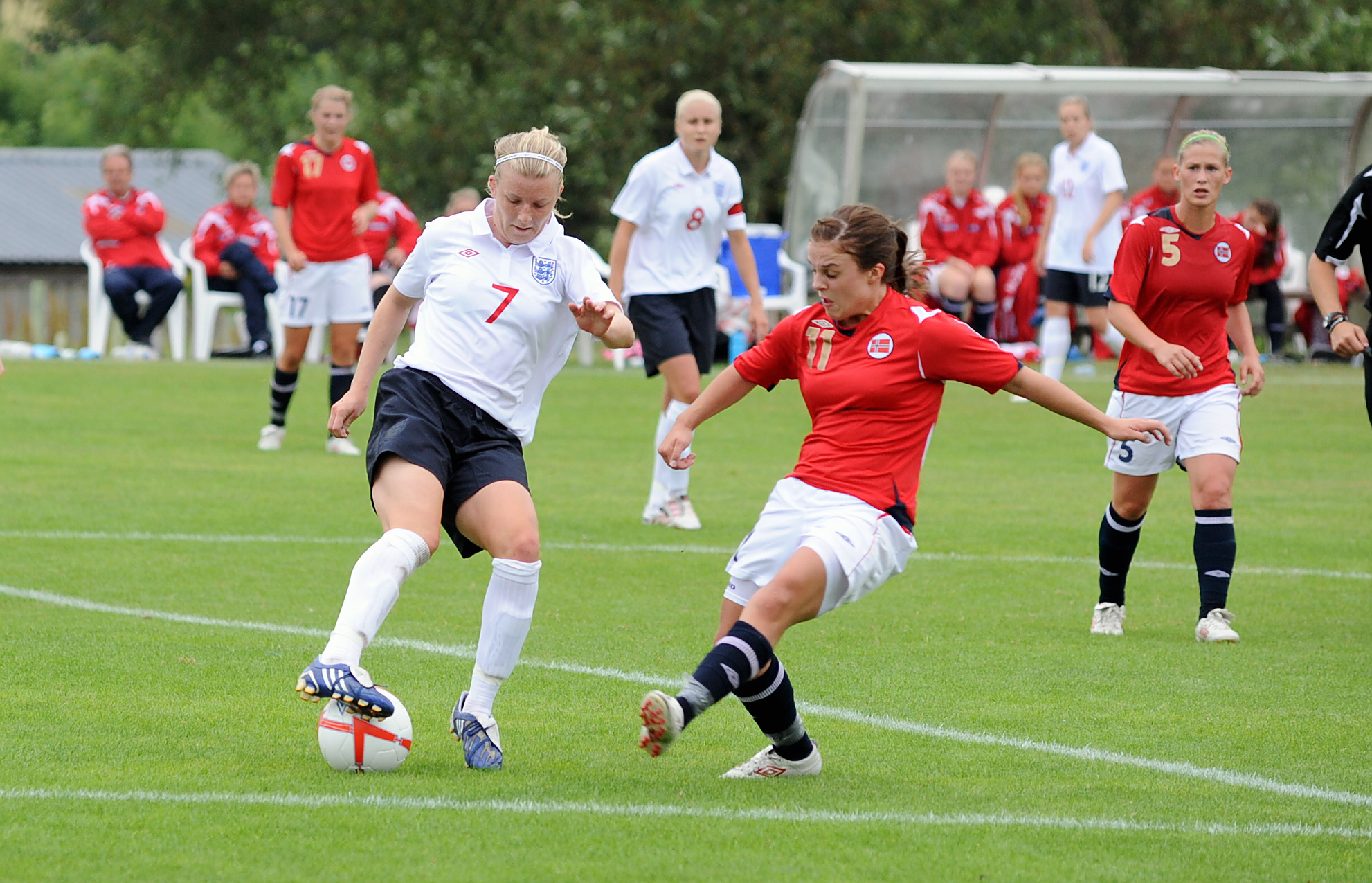Even though there are some disputes about which sport is the best, it is unlikely that such a question is ever to be resolved. However, there are some things that are factual, and one of them is that soccer is the most widespread sport on the planet, with 3.5 billion estimated fans (a full billion more than the second positioned cricket). With this in mind, not only is soccer universally popular to watch, but to play as well. This leads to numerous soccer injuries, which is why it is important to know how to identify some of them, as well as to know what to watch out for.

Leg and Feet Injuries
It is only natural that leg and feet injuries are the most common when it comes to soccer injuries. Because of the very nature of the game, they are constantly under pressure and they are exposed to various sorts of external assaults. Luckily, most of them are nothing but soft tissue injuries, however, in some cases, this can get a bit more complicated. For example, it is not uncommon for a sprained ankle or an injury of a knee ligament to occur. In order to prove that something like this is not something that happens only to amateurs, let us just remember that Neymar suffered from a sprained ankle during the Copa Del Rey in 2014.
Knee Injuries
Knee injuries are somewhat less common than leg and feet injuries, but they can be (and often are) much more serious. One of the most common issues that appears in children who train soccer is Osgood-Schlatter disease. Some time ago it was believed that boys are more prone to this injury, but it was later proven that the only reason for this is that more boys play soccer. As numbers on this front start to equalize, the differences are more and more insignificant.
Broken Bones
Even though so far we have talked about soft tissue injuries, broken bones are not at all uncommon in this sport. In fact, a fracture on the field can happen even to some of the most popular professional players. Namely, in 2008, Eduardo da Silva suffered a broken left fibula which is to the date one of the most gruesome images in the history of this sport. When something like this happens, what you should do to recover is rest and later do your physiotherapy as thoroughly and vigilantly as you can. However, there are some additional things that may help speed-up the recovery. For example, taking calcium supplements in any form can help your body heal, but also make your bones much more resilient in the future.
More Serious Injuries
Unfortunately, the three above-mentioned injury groups are not all that may occur to you on the soccer field. Every now and then (although not that often) a head or spinal cord injury may occur. Needless to say, the effects of this can be especially devastating. If there is an injury of the back in question, there is a chance of making things worse by trying to move an injured person. In this case, or in the case of someone losing consciousness, it is vital that proper medical help is provided.
Soccer is a popular sport and injuries are the inevitable part of it. Sooner or later they happen to anyone, and it is always good to be prepared for these situations. Although there is no way to be 100% injury-safe, good physical condition and regular warm-ups can significantly lower your chances of injury. Finally, if the situation seems dire, do not be reluctant to look for professional medical help.
